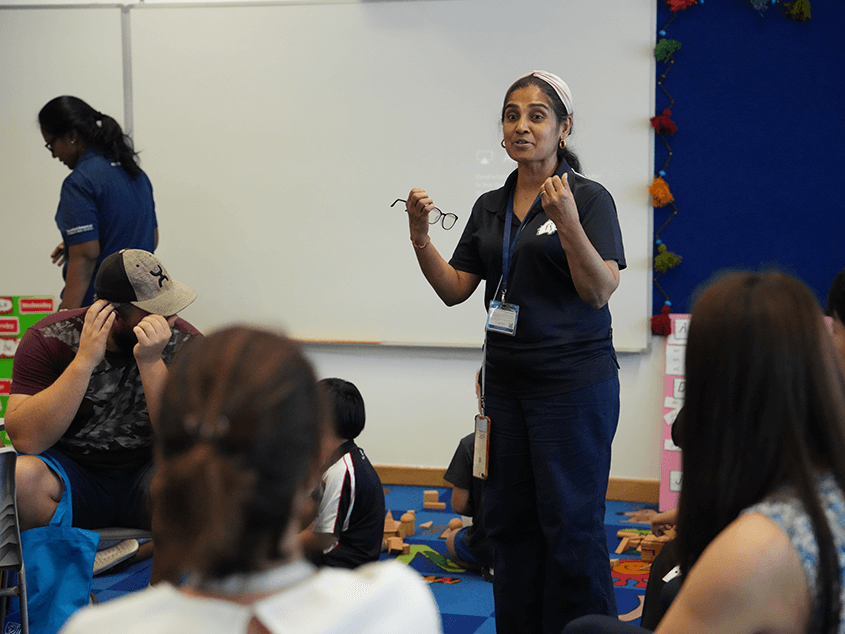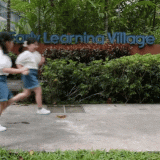Switching schools can be an exciting yet challenging time in a child’s life. Whether it’s a move from one level of learning to another or a transition due to relocation, this experience is often riddled with changes that can cause children significant stress—new faces, new routines, and a whole new environment to adapt to. As a parent, you want to soften the rough edges, turn uncertainties into adventures, and help your child navigate this transition smoothly.
Naturally, it’s impossible for even the most devoted parents to fully eliminate the difficulties that come with major life changes like moving schools. What you can do in your role as a parent is support and guide your child through what’s guaranteed to be a simultaneously exciting and stressful time for anyone. There are several steps you can take to not just ease the transition, but also to make the move an enriching experience for your child. Let’s explore some tried-and-tested strategies that can help you do just that:
Tour the School
If they’ve never seen their new school and don’t know their way around it, your child will likely feel lost and adrift on their first day. You can prevent this by scheduling a preliminary tour of the school before classes start. Walk around the school with your child, visiting key areas like their classroom, the cafeteria, the playground, and the restroom facilities. Familiarizing your child with these places can reduce first-day jitters as they can visualize their day and know where they need to be at different times.
A school tour gives you the chance to absorb the place’s atmosphere and culture in addition to learning its physical layout. Take the time to observe the artwork on the walls, and watch the way staff members interact with students. If possible, try to introduce your child to some of their future teachers or administrative staff during your visit, and encourage them to present these people with any thoughts or questions they might have about their school-to-be. This way, when the first day arrives, the school won’t be an intimidating unknown, but a new adventure they’ve already begun to unravel.
In the event that you’re still located overseas or don’t have time to physically visit the campus, some international schools like Stamford American International School (SAIS) also offer virtual admissions tours. These are typically conducted by well-trained admissions staff who can show you the school’s facilities remotely and answer any questions or concerns you might have.
Talk to Your Child’s Teachers
No parents are alone in raising their children; instead, they form part of a wider network of guardians and caregivers that includes their children’s teachers. Establishing a relationship with your child’s educators is an essential part of getting them settled at their new school. These are people who will see and spend time with your child daily—and, most importantly, who will have a major hand in shaping their cognitive, emotional, and interpersonal development.
Prior to the start of the school year, or in the early days of the semester, arrange a meeting with your child’s teachers. Use this conversation as an opportunity to learn about academic expectations at their new school and to determine how best to support your child’s learning at home. Teachers can also provide a unique perspective on how your child is adapting socially to their new environment, offering observations on their interactions with peers and their participation in class.
It’s equally important for your child to see this relationship between you and their teachers. This collaboration shows your child that you’re invested in their early education and well-being, and that school and home aren’t separate spheres but interconnected aspects of their life. Ultimately, knowing that you’re working hand in hand with their teachers assures them that they have a supportive team that’s rooting for their success.
Try to Network with Other Families
As your child enters their new school, reaching out to other families within the same community can be a good way to help them make new friends and rebuild their social circles. For instance, SAIS regularly facilitates events and gatherings for parents, giving community members a fruitful opportunity to meet and connect. Sharing experiences and tips with parents of other new students can not only be comforting for you but can also provide practical advice to assist your child’s transition.
For your child, having a friend before school starts can significantly ease first-day anxieties. Organize playdates or outings with other children who will be attending the same school. These interactions can build a sense of camaraderie among the children and give your child familiar faces to look out for. Just make sure that your networking attempts shouldn’t feel forced or coercive to your child. If they’re more introverted or shy, give them their space and allow them to socialize at their own pace.
Explore Extracurricular Activities They Can Do
A healthy school life encompasses much more than just book learning. It’s also a chance for children to discover their interests and develop their social skills, and extracurricular activities offer a fantastic avenue for both. If your child has a hobby or a sport they love, find out how they can continue that at their new school. And encourage them to explore if they’re looking into trying something new.
From soccer and chess, drama to robotics, most schools offer a wide array of co-curricular activities (CCAs) and clubs catering to varied interests. SAIS offers one of the most extensive CCA programs in Singapore, with over 350 available activities available year-round for students at every level. These include traditional activities such as sports, visual arts, and the performing arts, but they also extend beyond these to capture more niche interests such as calligraphy, aerospace science, and even a model United Nations.
Involvement in these activities gives your child something to look forward to, which can help alleviate academic stress and even improve their performance in the classroom. Moreover, clubs and sports often help build teamwork, giving your child an additional social circle outside their classroom. By participating in a shared activity with their peers, your child has the chance to make friends and integrate more deeply into their new environment.
When choosing extracurriculars, encourage your child, but don’t push too hard. The goal of these pursuits is to enrich your child’s school experience, not stress them out even more. Avoid signing your child up for things without their consent and instead let them choose what they’d like to do. This also means respecting their decision if they want to take some time to settle in before diving into extracurriculars. As you reflect on these strategies, it’s essential to remember that each child is unique, and so is their adaptation process. While you, as a parent, strive to provide the best possible support, you should also cherish these moments of change. It’s these experiences of transition that shape your child, building their resilience and readiness for the world outside your nest.






